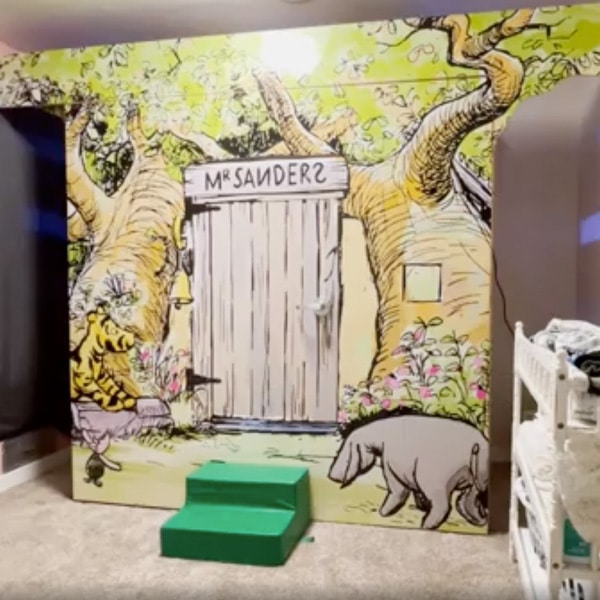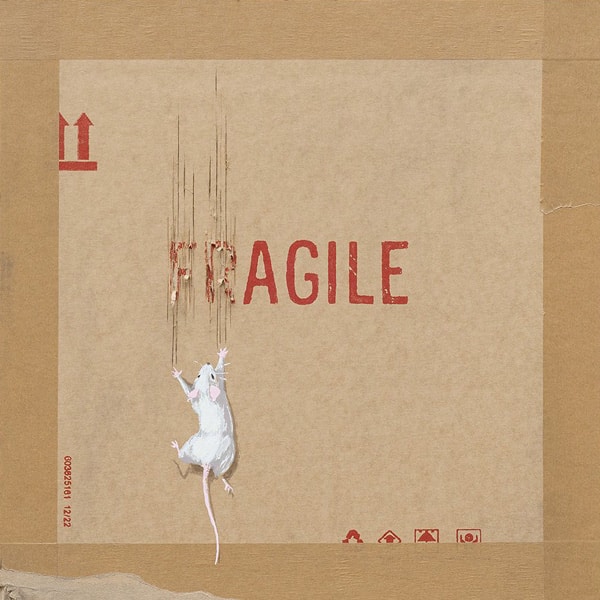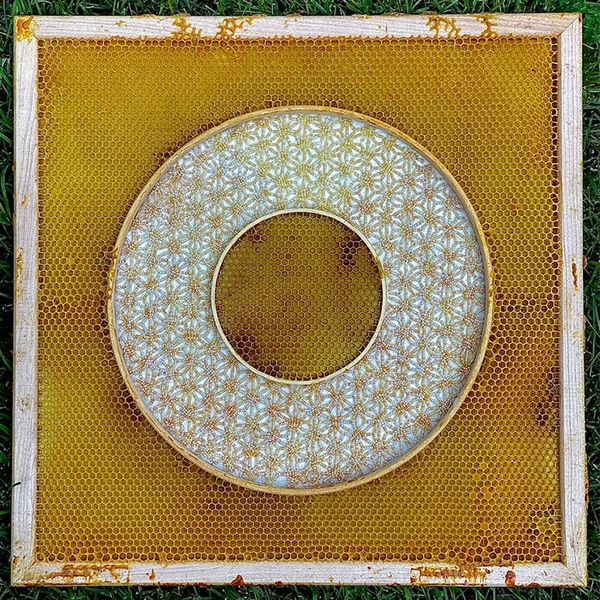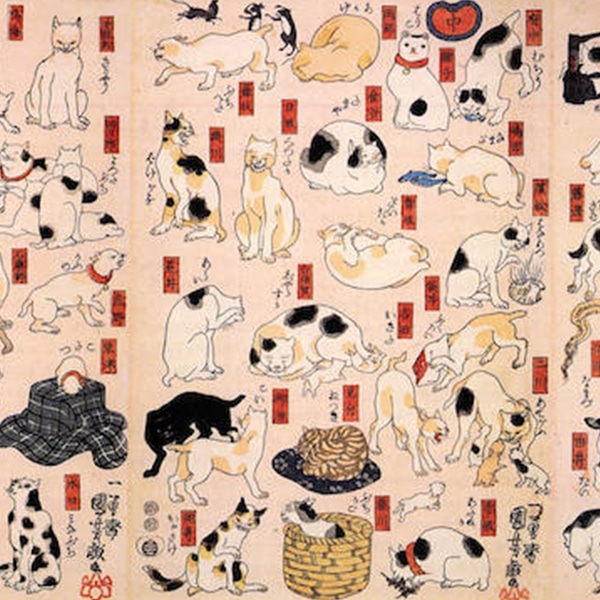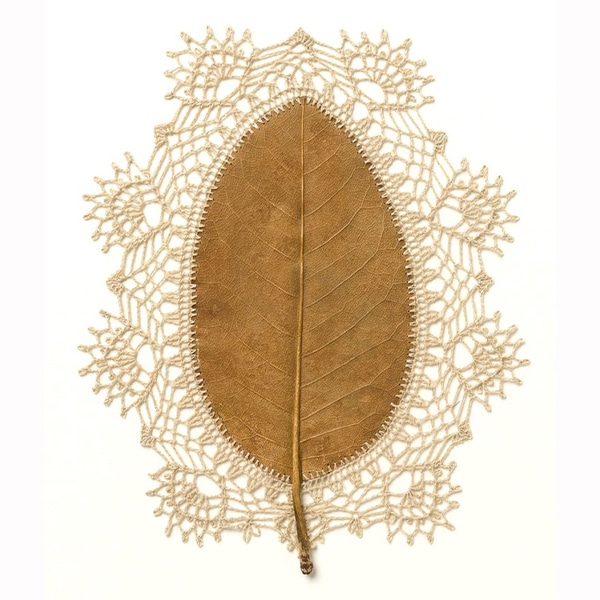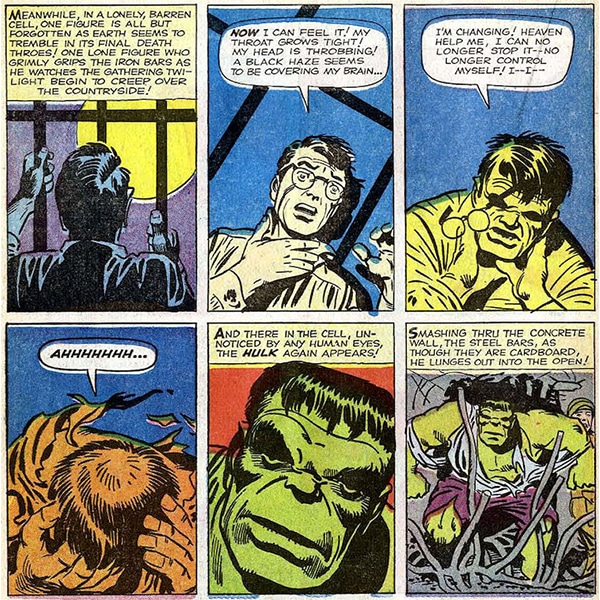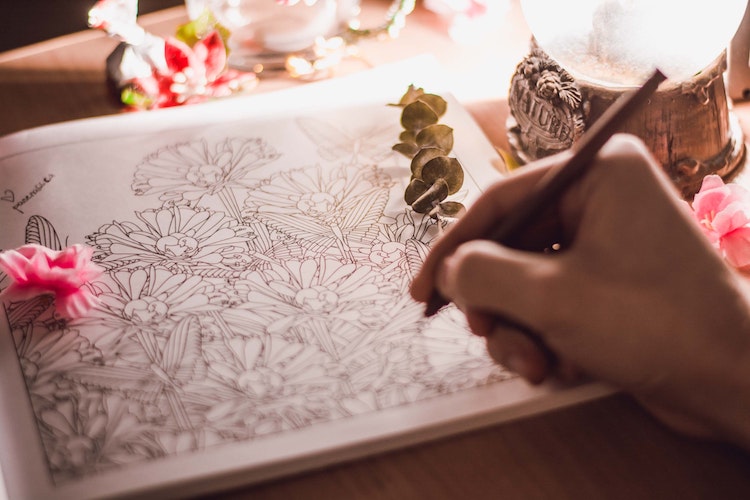
Photo: Mint Owl
This post may contain affiliate links. If you make a purchase, My Modern Met may earn an affiliate commission. Please read our disclosure for more info.
There are many ways to admire beautiful flowers that go beyond simply setting them in a vase. One way is to celebrate them through works of art. Flowers have a long place in art history, and various blossoms, as well as other botanical elements, have been a popular subject since Ancient Egypt. Since then, they’ve been found in many of the most significant art movements. You too can carry on this long tradition by learning how to draw a flower (or more).
There are so many types of flowers in the world that it’s an impossible feat to learn how to draw each one. But what you can do is understand the basic structure of a flower and the general sketching techniques to express all of its idiosyncrasies.
Whether you're trying to craft realistic flower art or stylized blooms, it’s important to note what’s beyond the petals. Just like drawing a cat, knowing the inner structure of a flower can inform the choices you make once you put pencil to paper.
General Structure of a Flower
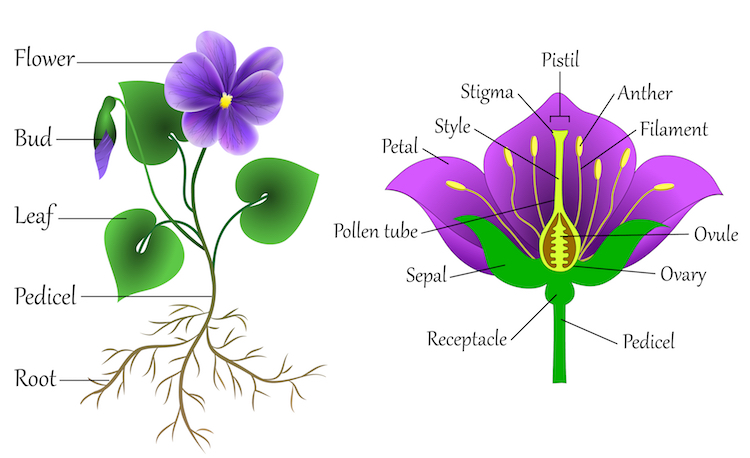
Diagram: Flower structure from Ellen Bronstayn / Shutterstock.com
This diagram demonstrates the inner parts of a flower. Some sections, like the style, aren’t always visible and are obscured by petals. But by knowing it’s there, along with the other reproductive parts, you’ll understand that there needs to be room for the flower to hold all of it—before it tapers to the sepal and then pedicel.
You don’t need to memorize where these parts are or what they’re called. You just need to understand the general structure in order to make informed decisions about what you’ll draw.






































































